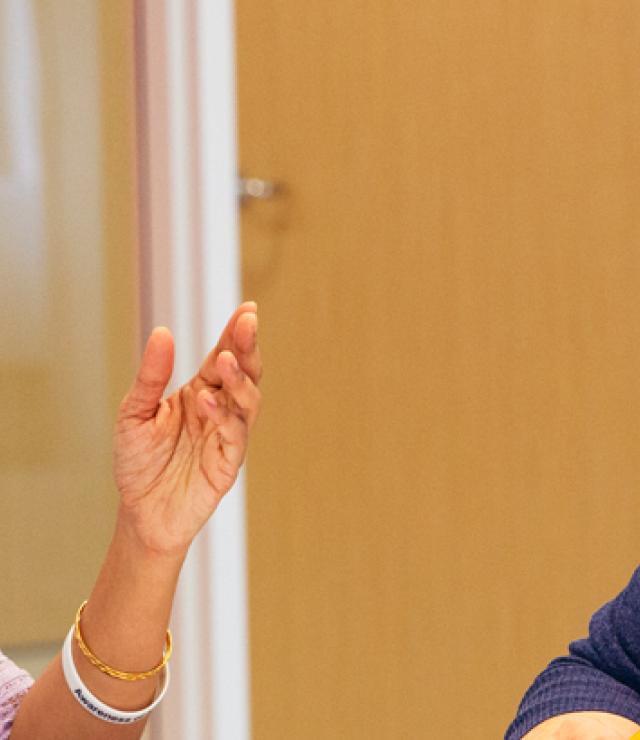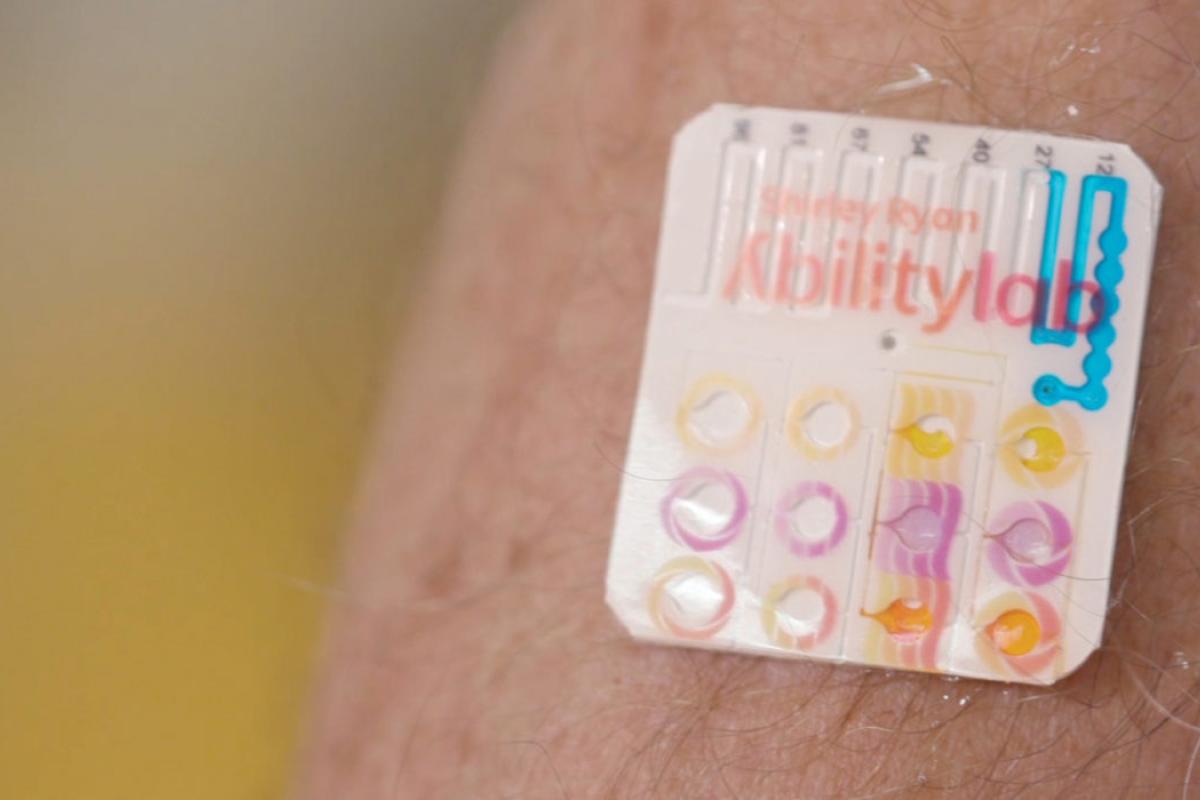Not Finding What You're Looking For?

Aphasia Trajectory Research Study
This study aims to recognize, identify, and evaluate the trajectory recovery and abilities of a person who has had a stroke and living with cognitive-communication challenges and their respective quality of life.
Research Project

Collaborative Machines Enhancing Therapies (COMET)
The Collaborative Machines Enhancing Therapies center brings together four research and development projects aimed at improving how patients move.
Research Project
An Adaptive Wearable Balance Trainer
Development of a therapy-ready collaborative balance trainer.
Research Project

Smart Passive Devices for Arm Function Recovery
We have developed machine-assisted therapy techniques that focus on self-directed movement and error augmentation approaches to promote user engagement.
Research Project

COMPLETE: Soft Exoskeleton for Gait Recovery in Stroke
This project evaluates the benefits a soft exoskeleton can have on a stroke survivor with lower extremity impairments.
Research Project

Robotic Treadmill for Intense, Adaptive Propulsion Training
We will fabricate an innovative split-belt treadmill system that allows backward-directed, real-time-adaptive, resistive forces applied to the pelvis.
Research Project
Integrating Brain and Muscle Feedback for Hand Recovery
We will develop and evaluate a collaborative technology that combine biofeedback of two neural signals — EEG and EMG to promote movement therapy.
Research Project

COMPLETE: Wearable Airbag Technology to Reduce Injuries from Falls
A wearable airbag developed to prevent hip fractures and reduce fear of falling for people recovering from stroke.
Research Project

Healthcare Outside of the Hospital
3 remote monitoring devices are transforming how we track health.
News

Locomotor function following transcutaneous electrical spinal cord stimulation in individuals with hemiplegic stroke
Despite advances in stroke rehabilitation, more than two-thirds of the 7 million stroke survivors in the U.S. still struggle to walk independently in their communities. Most current therapies focus on stimulating the brain areas that control leg movement, yet many stroke survivors continue to face issues like poor coordination, spasticity, and muscle weakness. We propose a different approach—using electrical stimulation of the spinal cord to improve walking after stroke. This study is looking for persons who have had a stroke to determine if spinal stimulation helps improve walking ability.
Age Range
18-99
Clinical Trial
Ryan's Story: Surviving a Stroke at 20
Ryan survived a stroke when he was just 20. After months of therapy, he has made an incredible recovery. He has learned to walk and has improved hand function.
Patient Story

An Exploration of Acute Intermittent Hypoxia as a tool to Enhance Neural Recovery in Stroke Survivors; a pilot safety study.
This is a Phase I safety study. Our plan consists of dose-escalation exposures with continual assessment of hypoxic conditioning impact in individuals with chronic stroke.
Clinical Trial